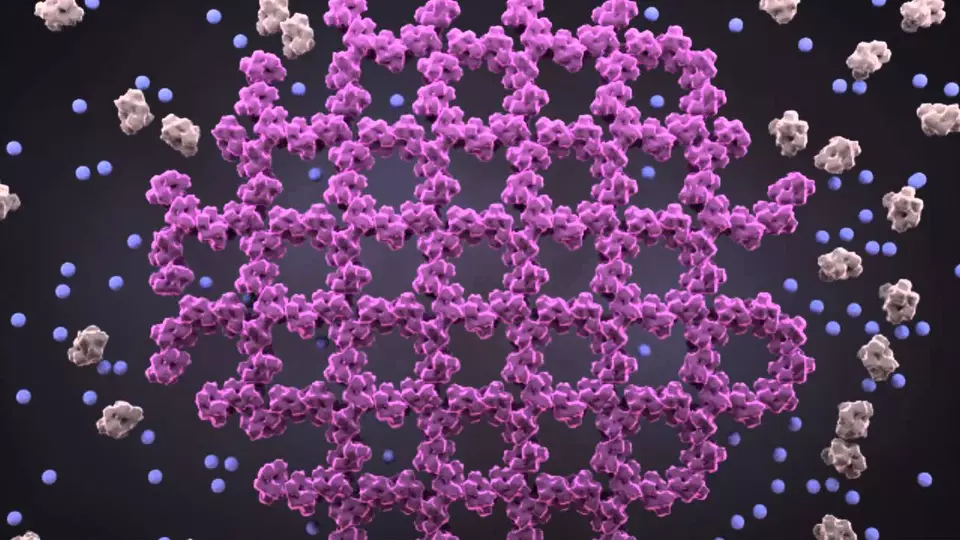Whether for high-voltage switches or touch screens - oxides are among the materials currently being discovered and researched for electronics. More functionally diverse than silicon, they are particularly suitable for the development of novel electronic components and energy applications with outstanding performance. With the Leibniz Science Campus GraFOx, coordinated by the Paul Drude Institute for Solid State Electronics (PDI), the Leibniz Association is setting a clear course for this pioneering research. At the first annual meeting on July 20-21, 2017, in Berlin-Adlershof, international luminaries in oxide research will meet with the local research scene to discuss the material for the technologies of the future.
Four prominent speakers will shed light on the diversity of oxide research at the symposium - from sound theoretical modeling to original semiconductor oxide films and transistors for power electronics. These include Prof. Su-Huai Wei from the Beijing Computational Science Research Center in China, Prof. Darrell Schlom from Cornell University and Dr. Gregg Jessen from the Air Force Research Laboratory, Dayton, in the USA, as well as PD Dr. Marcel Himmerlich from the Ilmenau University of Technology.
The annual conference of the ScienceCampus GraFOx (Growth and Fundamentals of Oxides for electronic applications) not only shows cutting-edge oxide research, but also how modern research can be designed: The ScienceCampus is interdisciplinary oriented, cooperatively organized and regionally anchored - it connects two Leibniz Institutes, a Max Planck Institute and two universities from Berlin at GraFOx. The training of scientists has a high priority - at GraFOx there are 15 subprojects, each of which also has a doctoral student.
Prof. Henning Riechert, director of the PDI and GraFOx spokesperson, explains: "We are pathfinders - the GraFOx ScienceCampus allows us to conduct fundamental materials research, specifically on oxides. This freedom and collaboration between excellent partners is a godsend and allows us to do top-notch, innovative research."
In a ScienceCampus, the Leibniz Association promotes thematically focused regional cooperation between Leibniz institutions, universities and other partners. In this way, local research is strengthened and the spatial proximity enables particularly close cooperation. The PDI, the Leibniz Institute for Crystal Growth, the Fritz Haber Institute of the Max Planck Society as well as the Humboldt University of Berlin and the Technical University of Berlin are involved in GraFOx. GraFOx started on July 1, 2016, with an initial grant of four years with the option to extend for another four years.
Test
